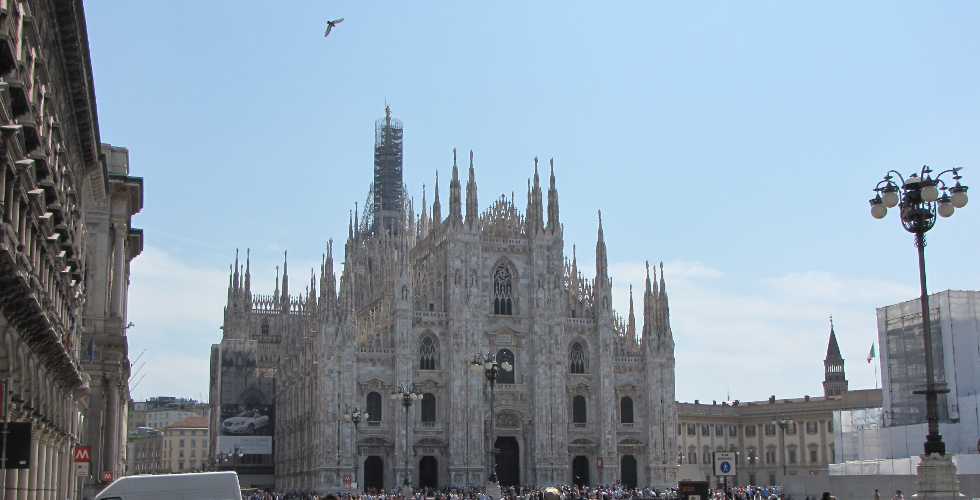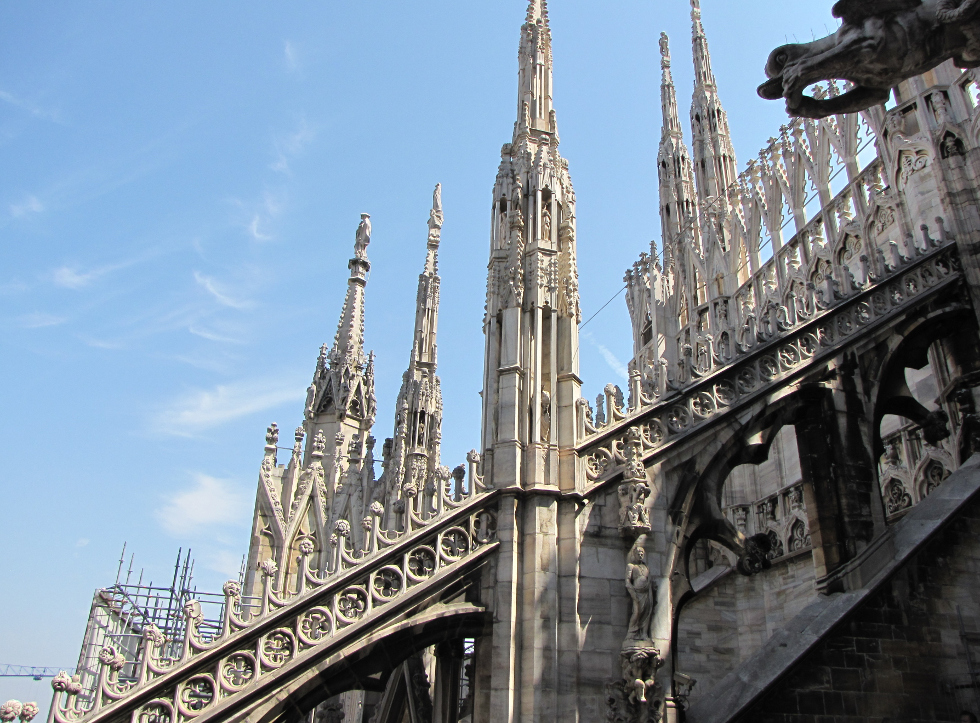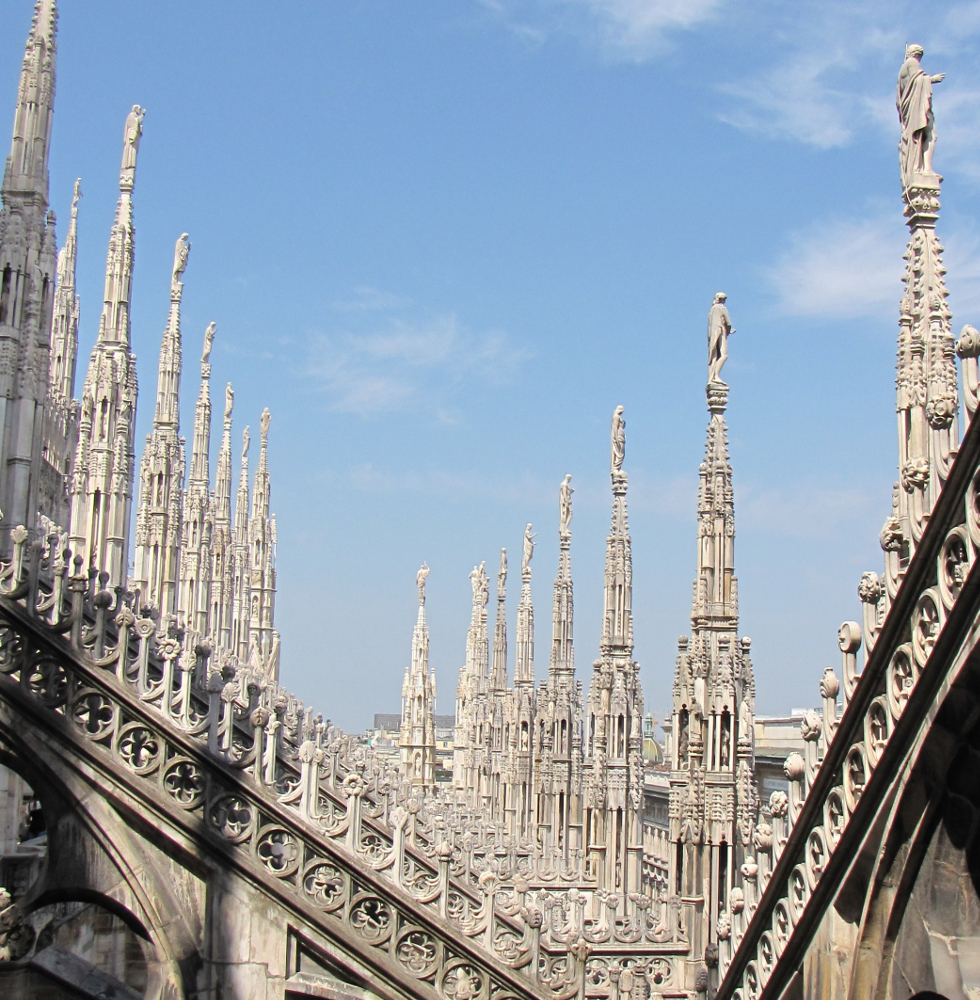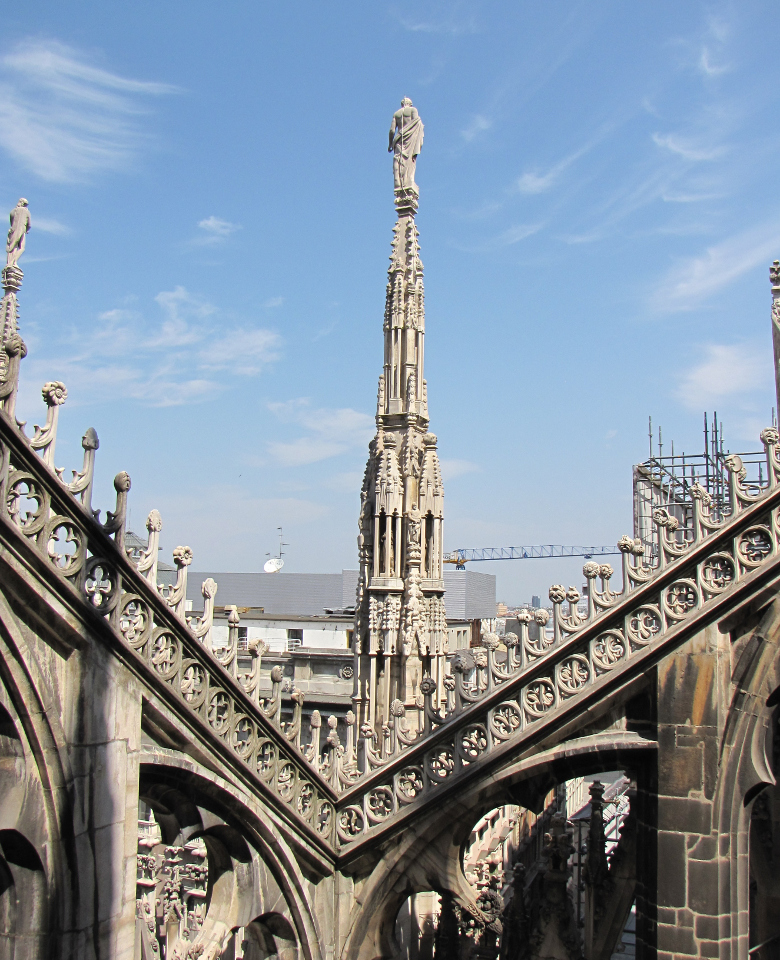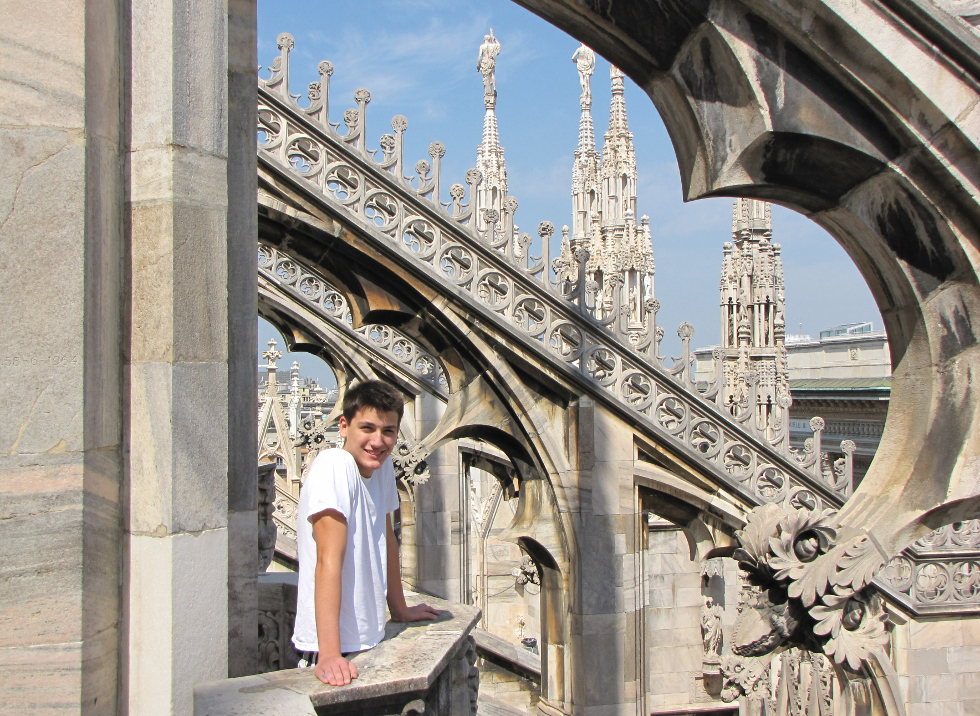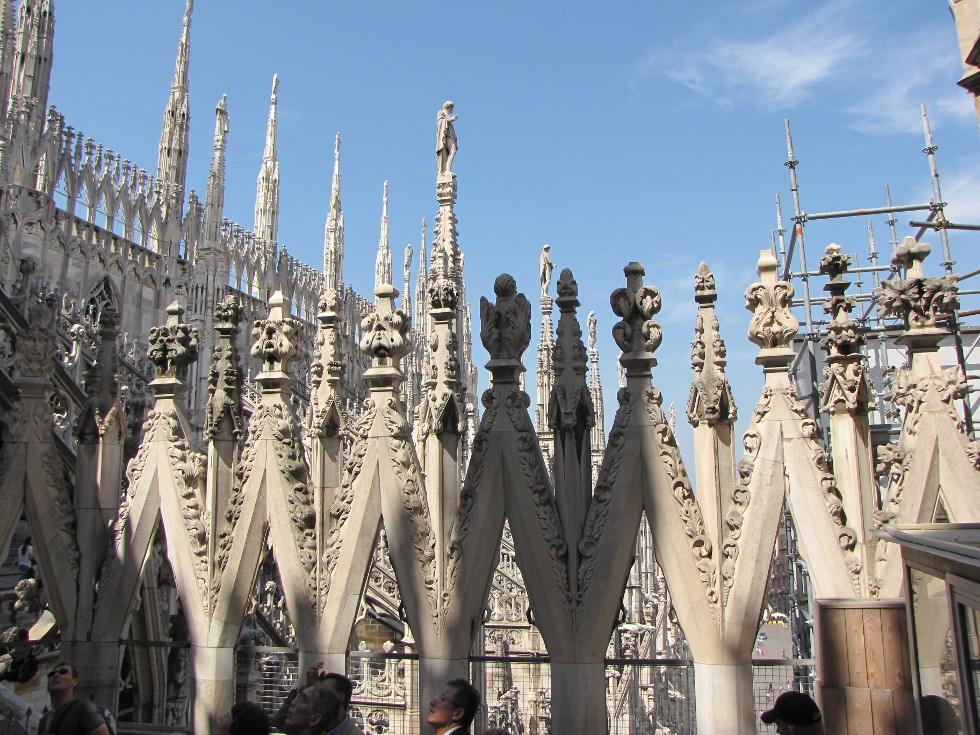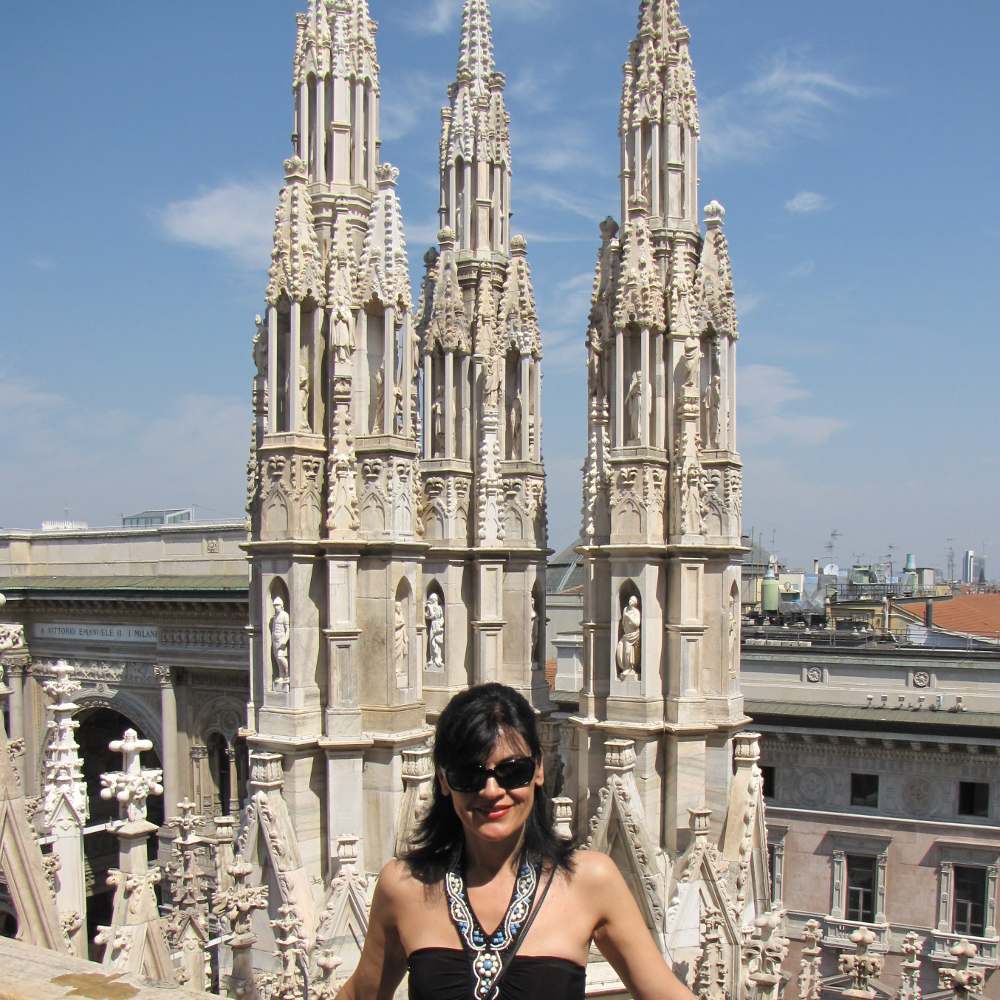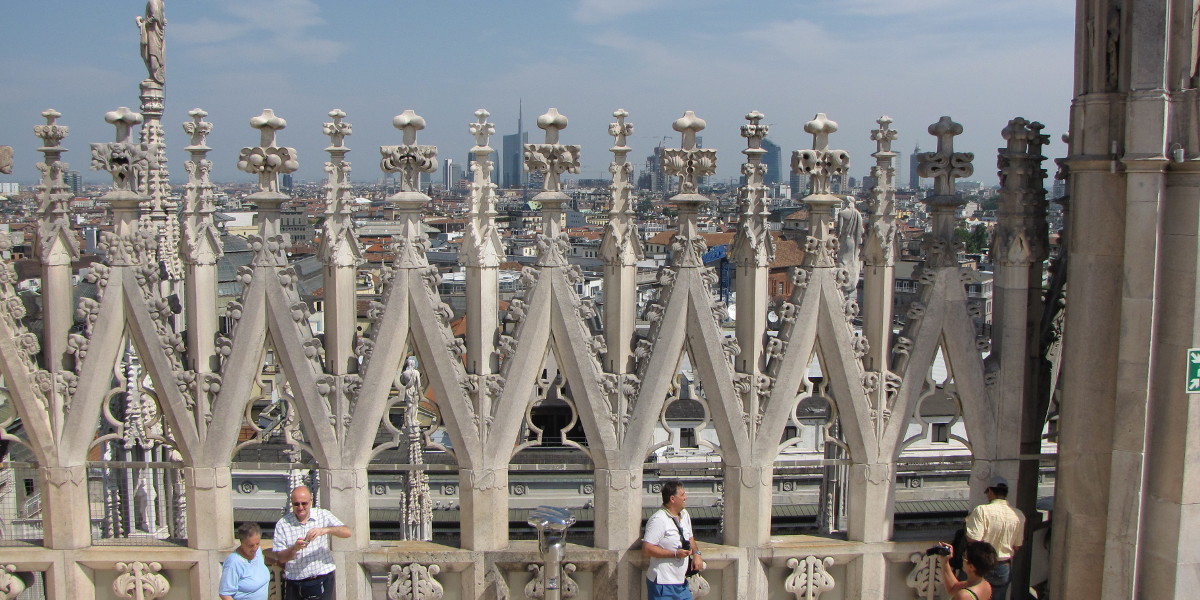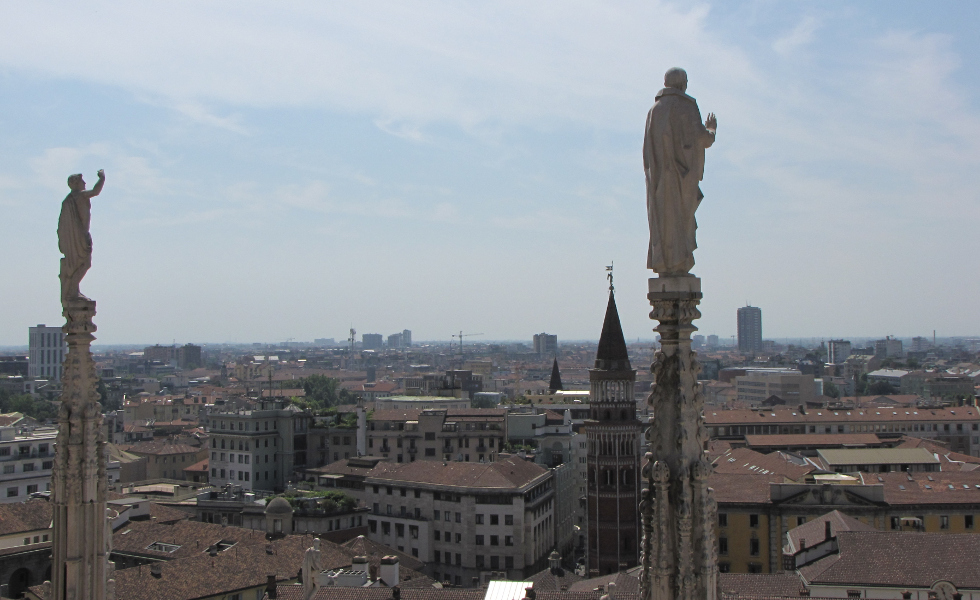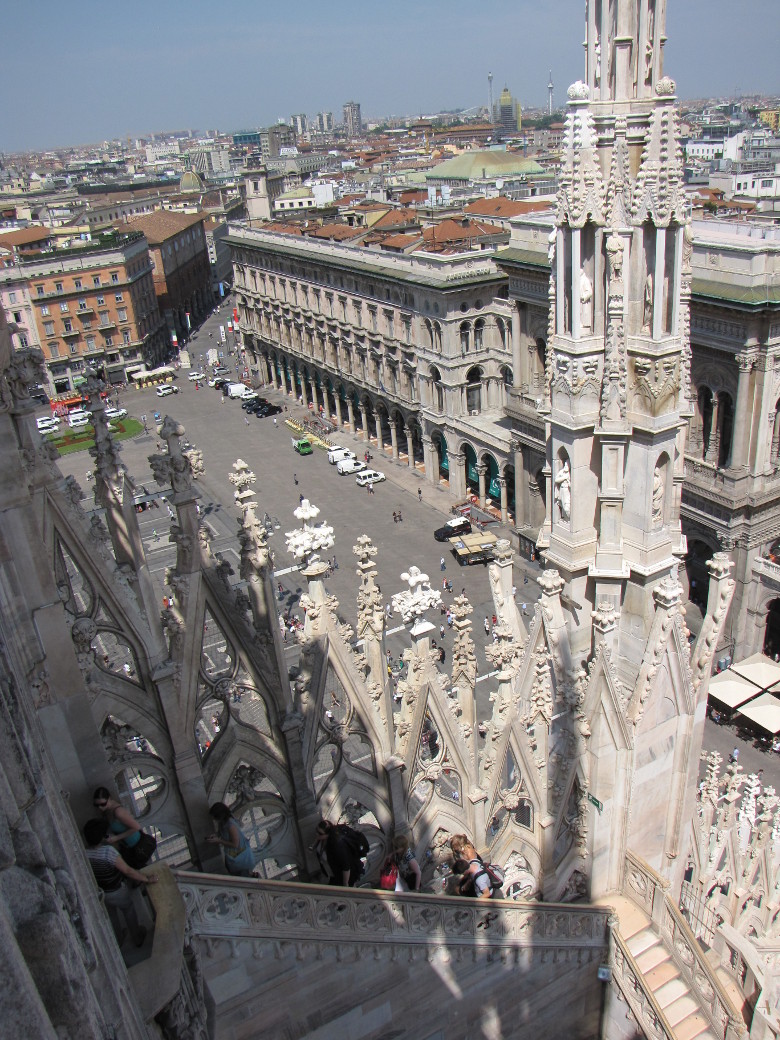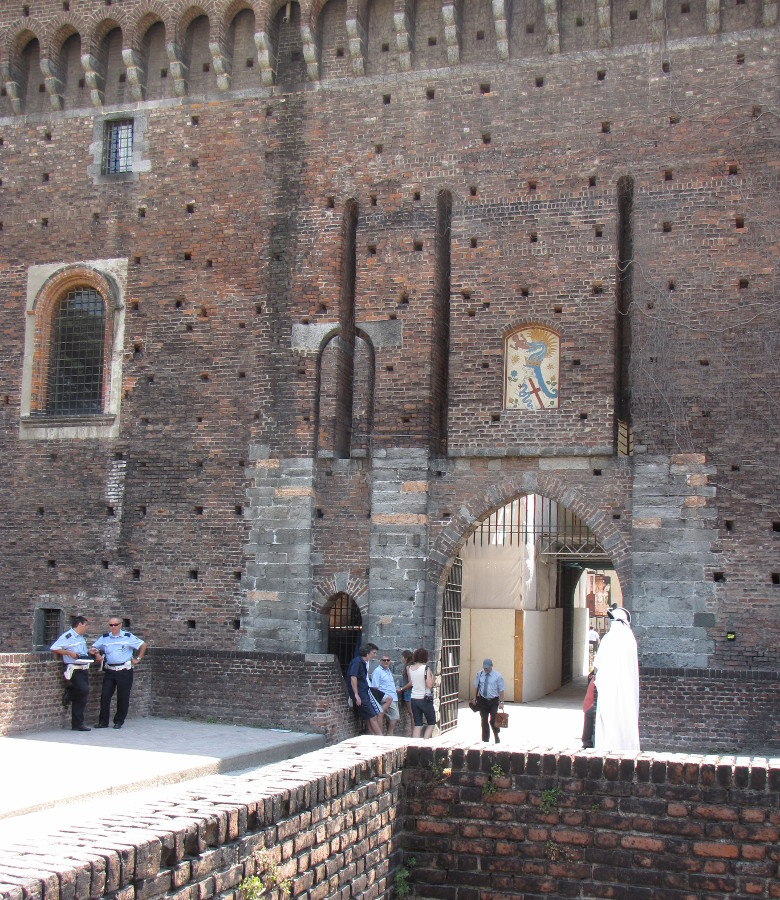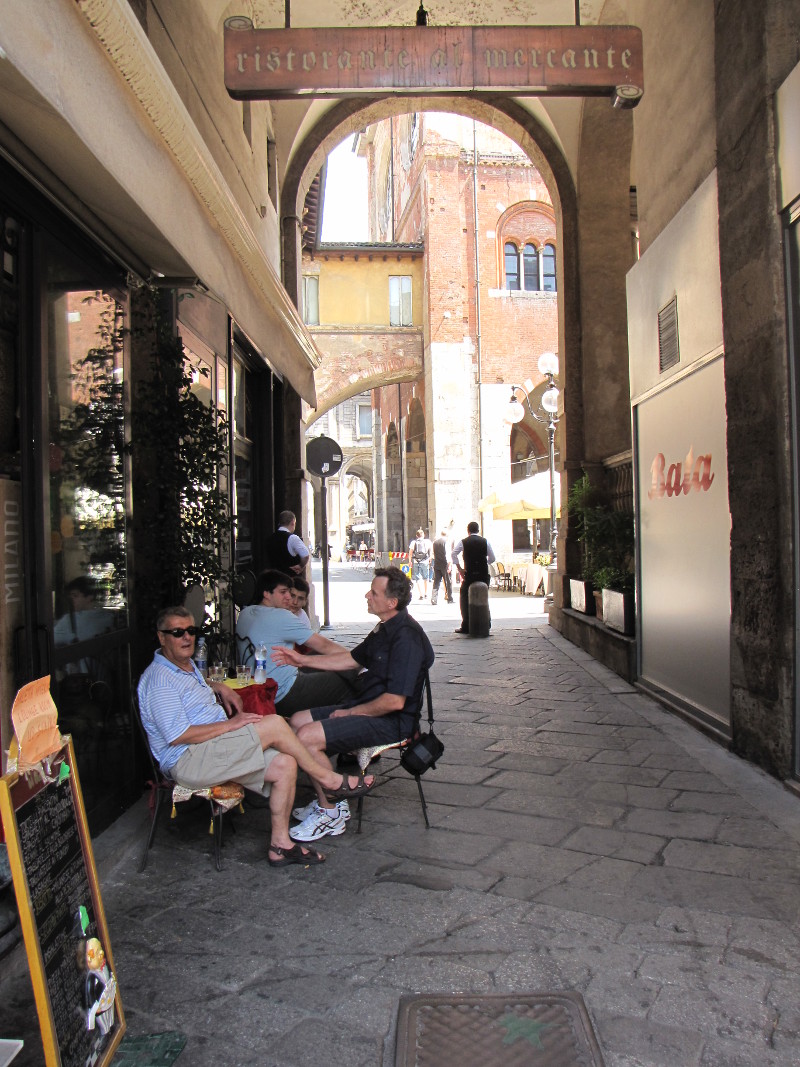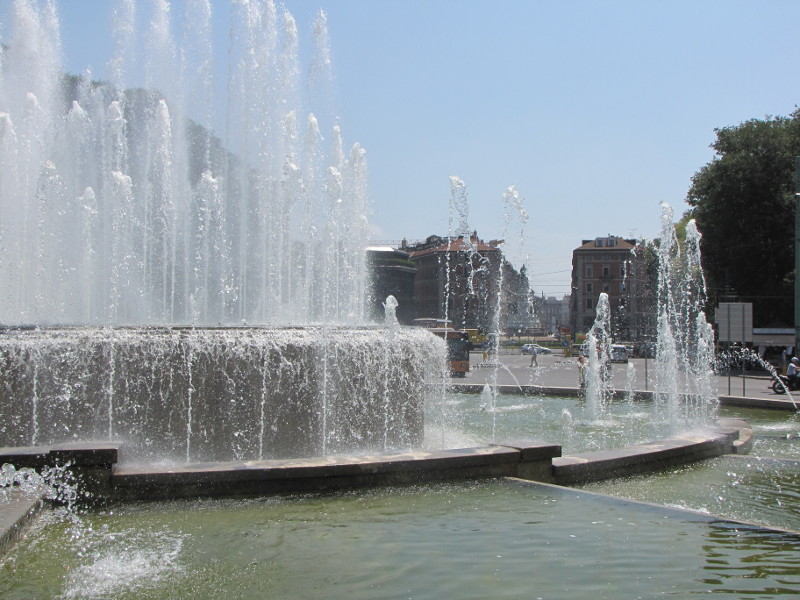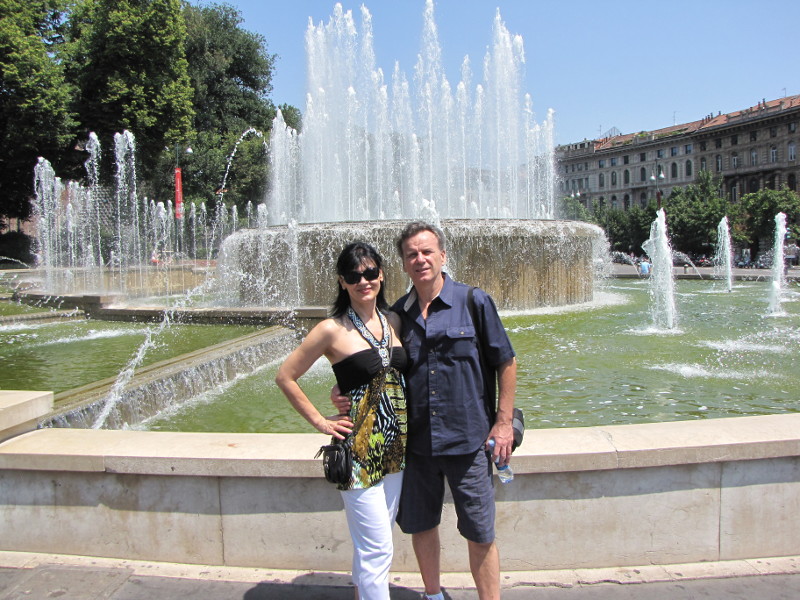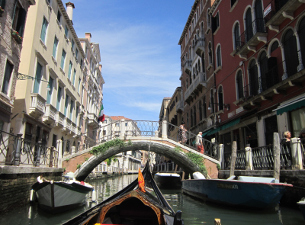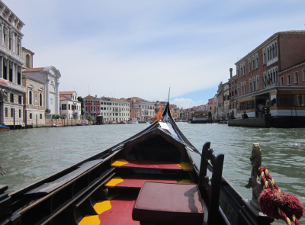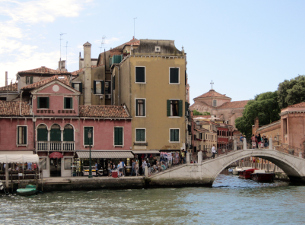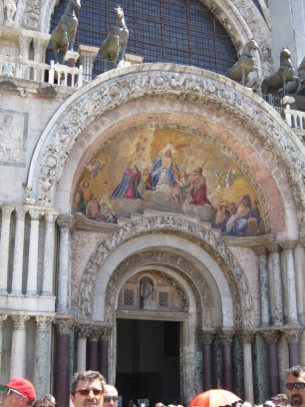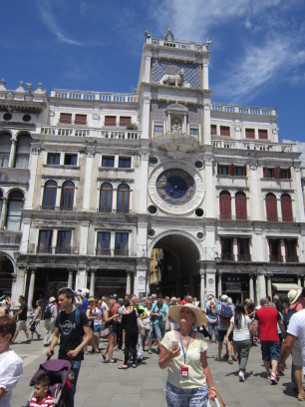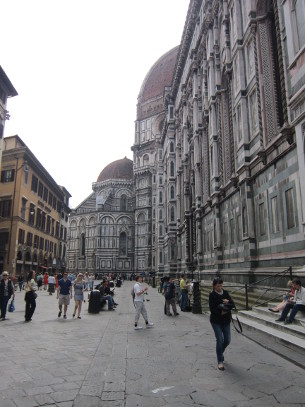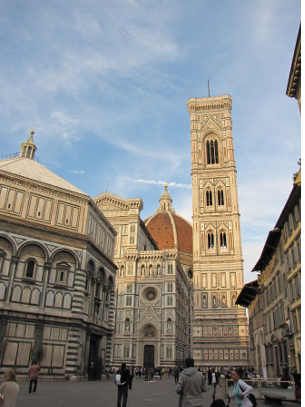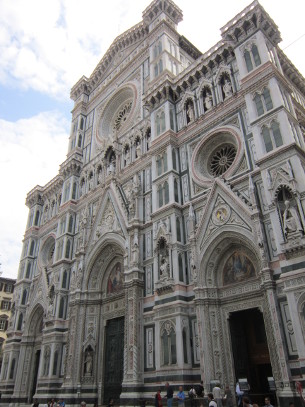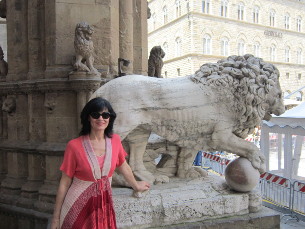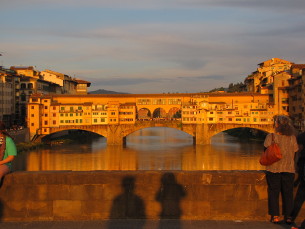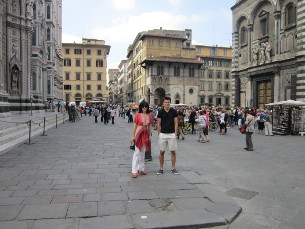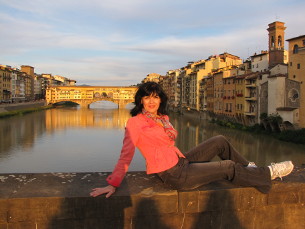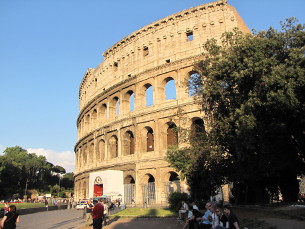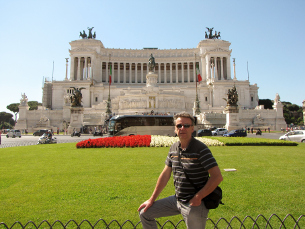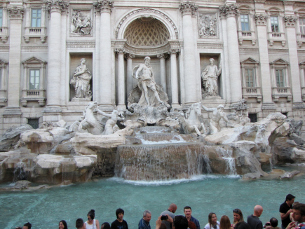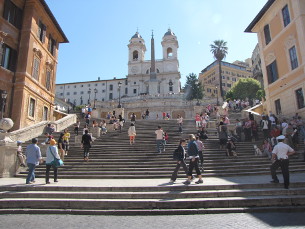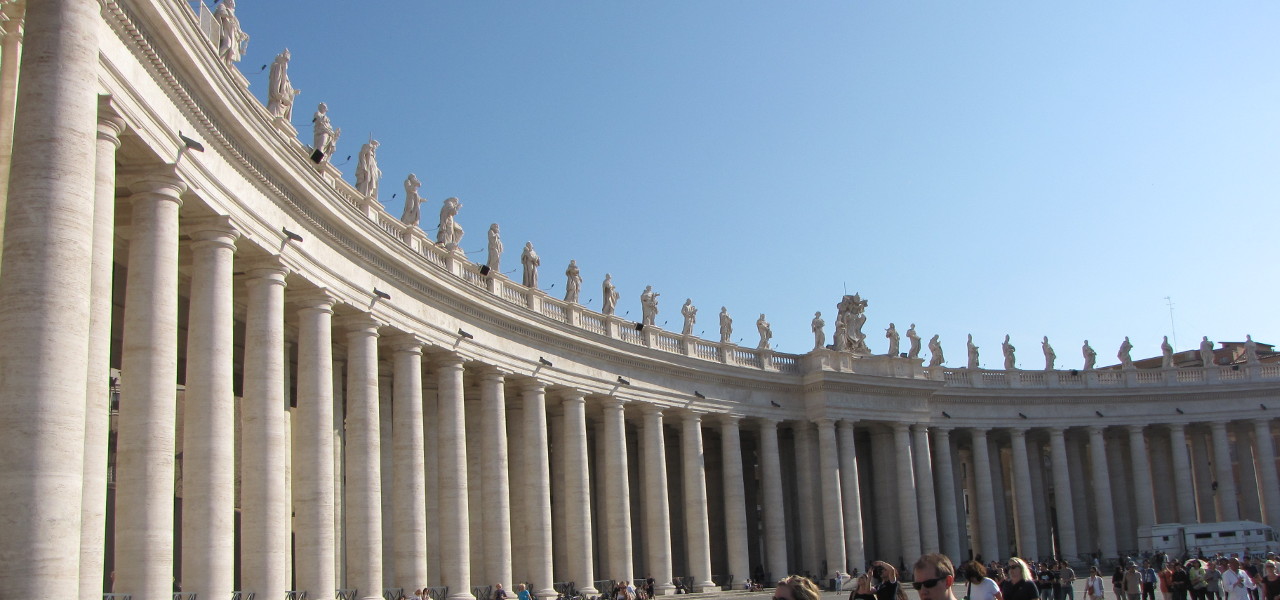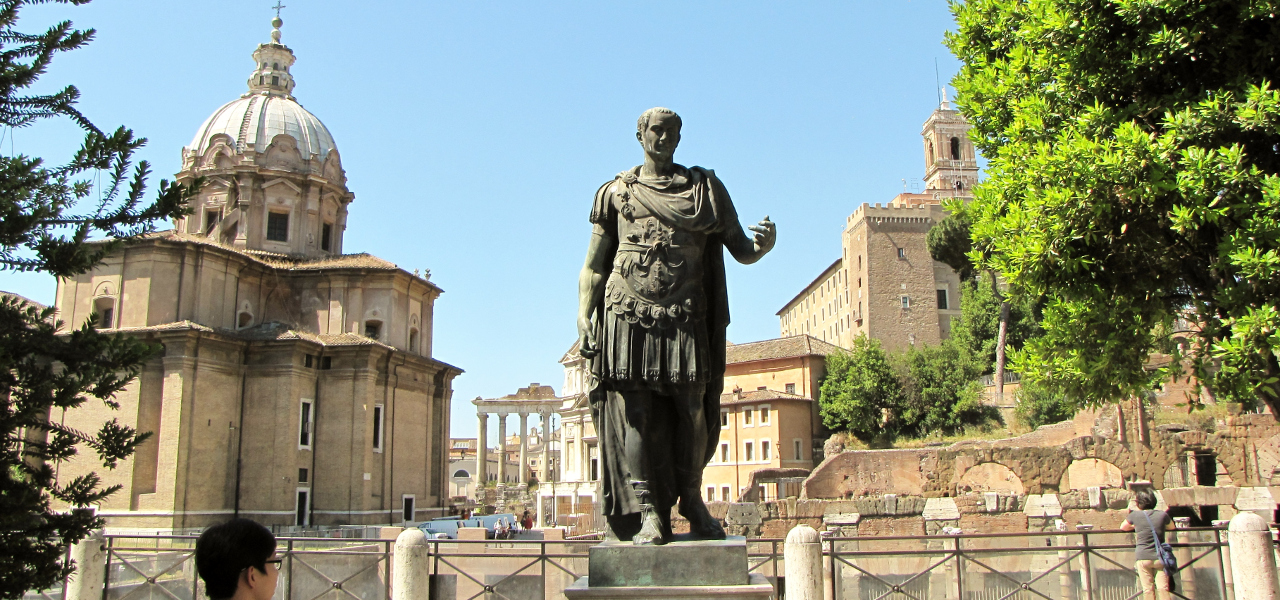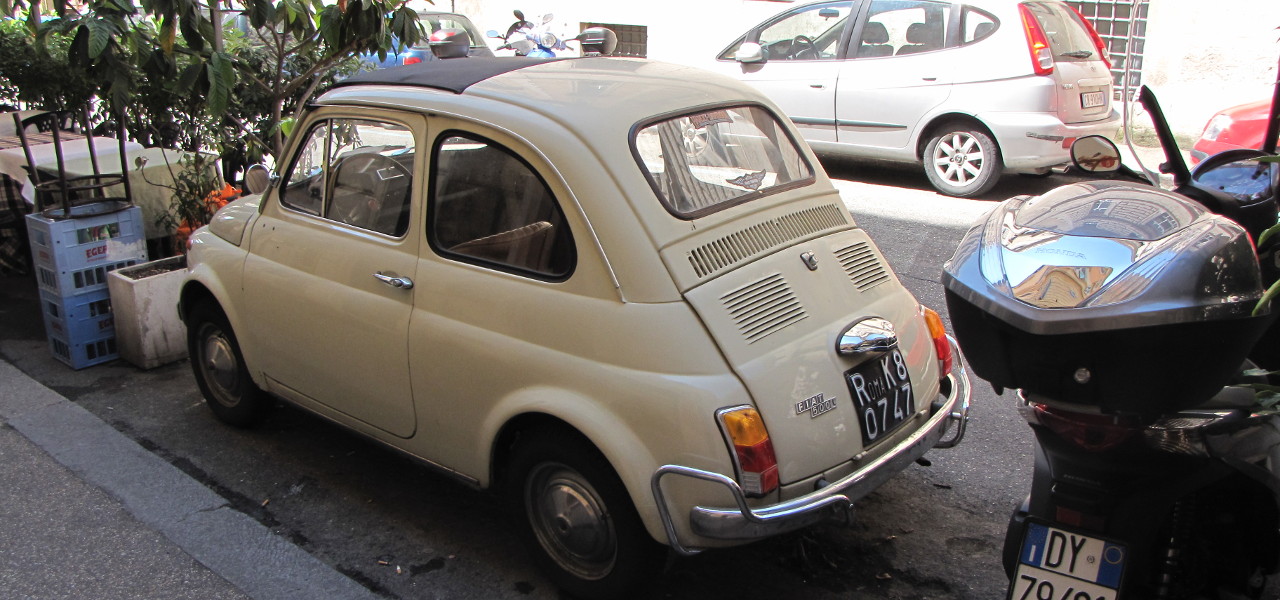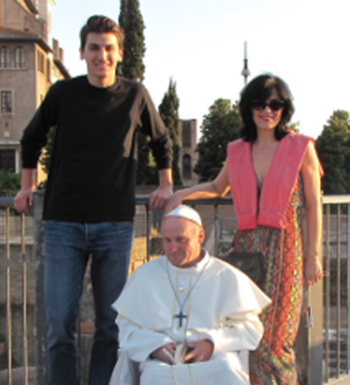Milan
Duomo di Milano is the cathedral church of Milan, Lombardy, Italy. Dedicated to St Mary of the Nativity, it is the seat of the Archbishop of Milan. The cathedral took nearly six centuries to complete. It is the world's third-largest church building. Going up onto the roof of this wonderful Italian Cathedral is strongly recommended as a must-do and climb 250 stairs to the roof.
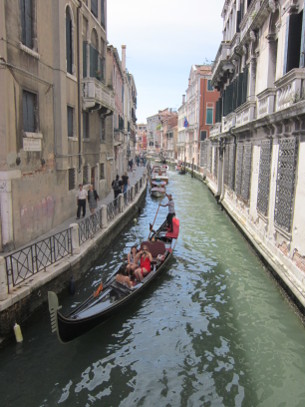
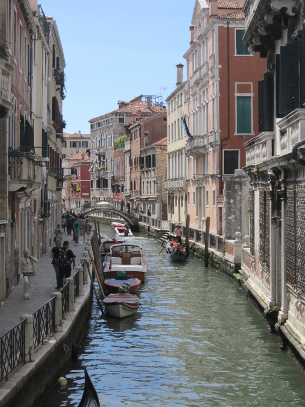
Venice
Venice, the capital of northern Italy’s Veneto region, is built on more than 100 small islands in a lagoon in the Adriatic Sea. It has no roads, just canals − including the Grand Canal thoroughfare − lined with Renaissance and Gothic palaces. The central square, Piazza San Marco, contains St. Mark’s Basilica, which is tiled with Byzantine mosaics, and the Campanile bell tower offering views of the city’s red roofs..
Venice is known for its bridges. There are 417 bridges in Venice and 72 of those are private.
According to Venetian tradition, the couple riding in gondola should kiss under each bridge and they will stay in love forever.
Venice has one of the narrowest streets in the world. Calletta, or Ramo Varisco street, is only 53 cm wide. Canals were the main communication routes, that’s why main entrances in old buildings were always on the canal side.
It’s almost impossible to find an address in Venice. Houses in Venice are numbered according to the districts, not the streets.
Until recently, Venice didn’t have female gondoliers. Venice got its first female gondolier in 2010
Florence

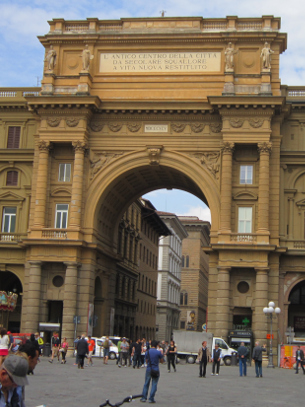
Florence, capital of Italy’s Tuscany region, is home to many masterpieces of Renaissance art and architecture. One of its most iconic sights is the Duomo, a cathedral with a terracotta-tiled dome engineered by Brunelleschi and a bell tower by Giotto.
Nearly a third of the world’s art treasures reside in Florence, according to UNESCO (United Nations Educational Scientific and Cultural Organization).
Tradition states that the history of Florence began in 59 BC when the legions of Giulio Ceasar founded the village, which they called Florentia.
Florence was severely damaged during World War II by the Germans, who blew up all its bridges except the Ponte Vecchio as it is alleged Hitler declared it too beautiful to destroy.
The piano was invented in Florence by Bartolomeo Cristofor. First known as the pianoforte which evolved from the harpsichord around 1700 to 1720.
Florence has had two floods both on November 4th. The first in 1333 and then November 4th, 1966.
Florence attracts over 10 million visitors per year.
Rome, Italy’s capital, is a cosmopolitan city with nearly 3,000 years of globally influential art, architecture and culture on display. Ancient ruins such as the Forum and the Colosseum evoke the power of the former Roman Empire. Vatican City, headquarters of the Roman Catholic Church, has St. Peter’s Basilica and the Vatican Museums, which house masterpieces such as Michelangelo’s Sistine Chapel frescoes.
The center of Rome is compact, and wandering the ruins on foot is a great way to see the city. Street life is vibrant and constant. The architectural design is consuming, and close proximity of ancient sights make for a comfortable and convenient walk. For instance, the Colosseum is approximately one-and-a-half miles from the Spanish steps. One route travels by the Forum, Piazza Venezia, and several churches, passing through charming neighborhoods. A longer, more scenic route weaves from the Colosseum to the Vatican.
The Colosseum or Coliseum, also known as the Flavian Amphitheatre, is an oval amphitheatre in the centre of the city of Rome, Italy. Built of concrete and sand, it is the largest amphitheatre ever built.
Every night at the Trevi Fountain about 3,000 Euros are swept up from the bottom of the basin. The money is donated to Caritas, a catholic charity.
The Spanish Steps are a set of steps in Rome, Italy, climbing a steep slope between the Piazza di Spagna at the base and Piazza Trinitá dei Monti, dominated by the Trinitá dei Monti church at the top.
By the early fourth century, the Romans had built a road network of 53,000 miles throughout the empire. Each Roman mile was about 1,000 paces (about 4,800 feet) and was marked by a milestone. Hence the proverb ”All roads lead to Rome.”
In Ancient Rome only free-born Roman men were allowed to wear togas, which was a sign of Roman citizenship. The Roman women wore stolas, which were a female toga version made from linen.
Concrete was a Roman invention used on many structures such as the Pantheon, the Colosseum and the Roman Forum, which are still standing today thanks to the development of Roman cement and concrete.


